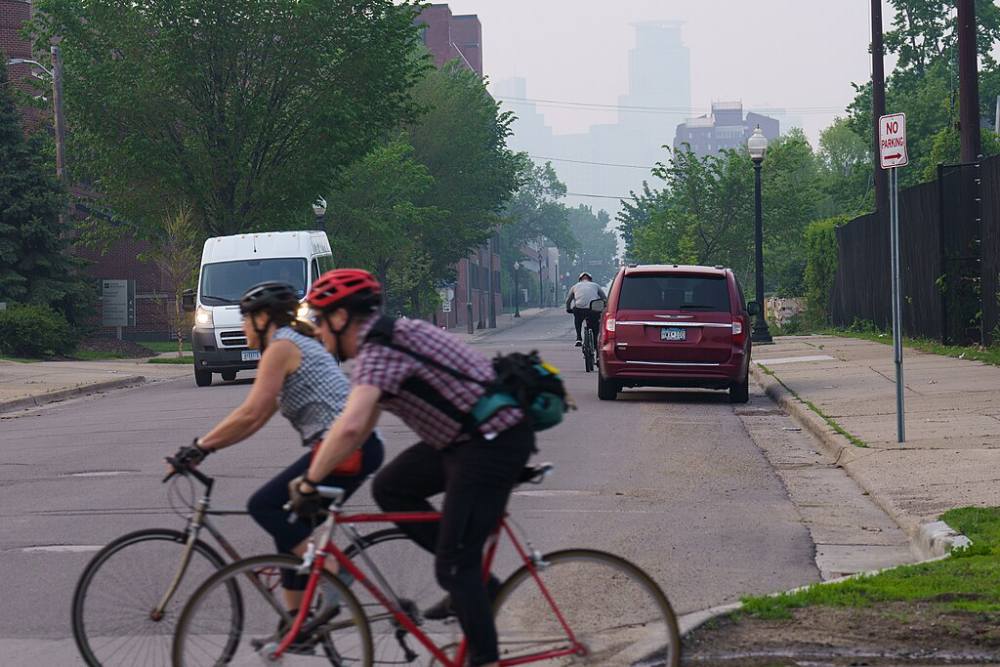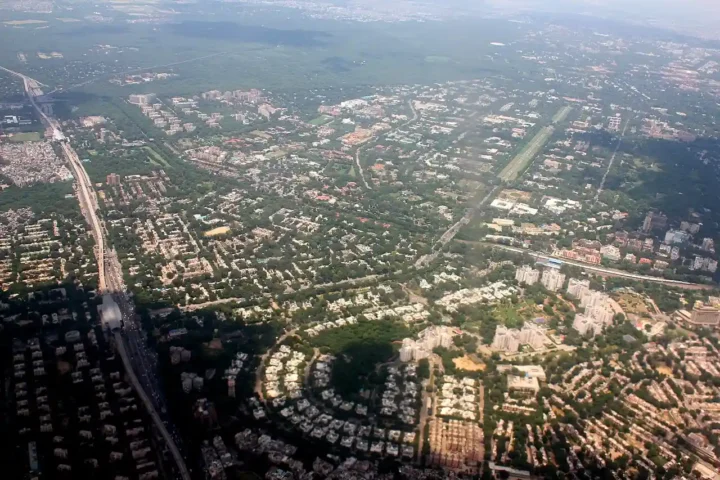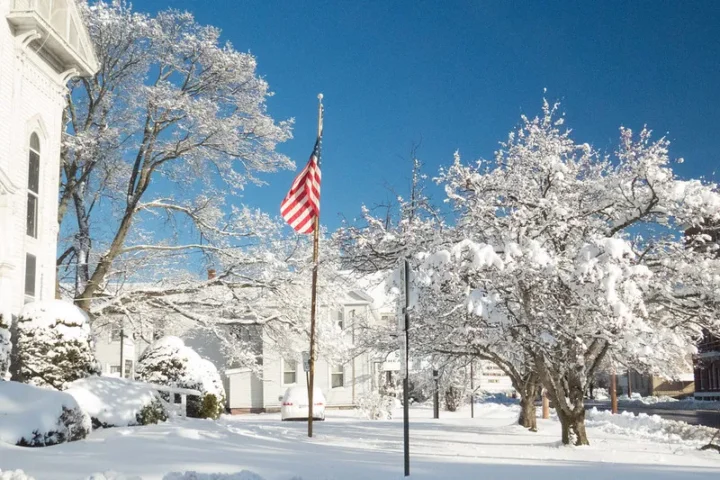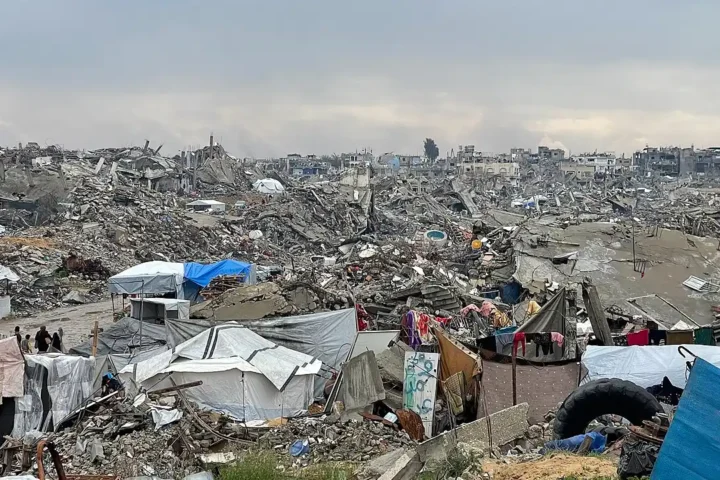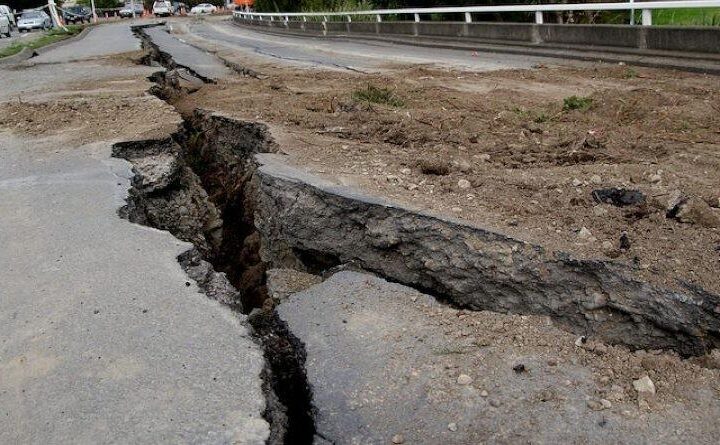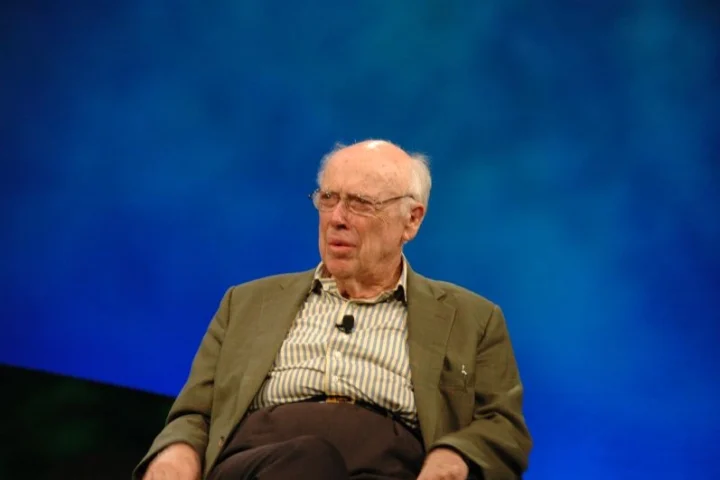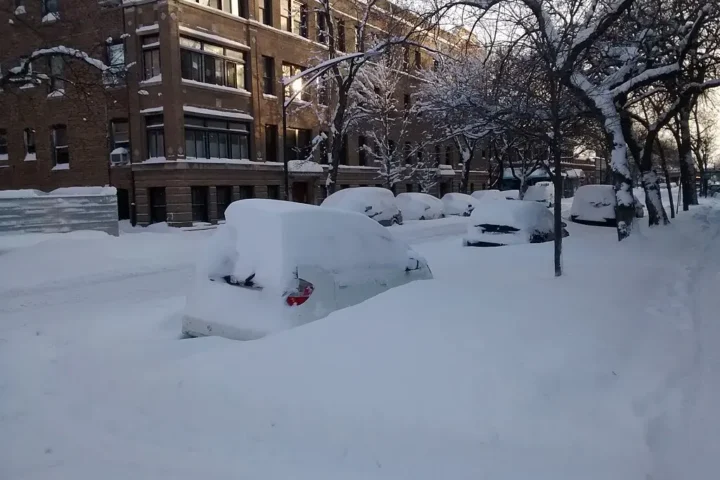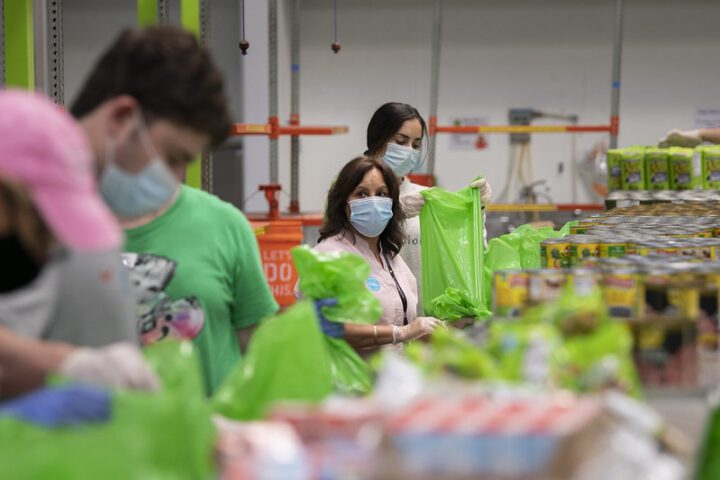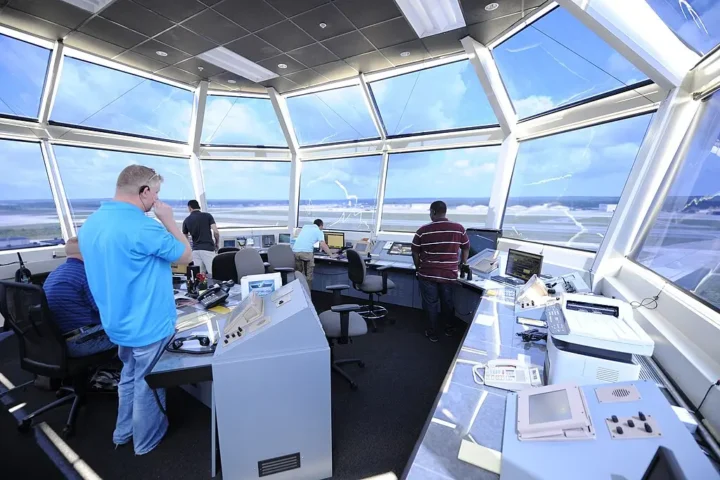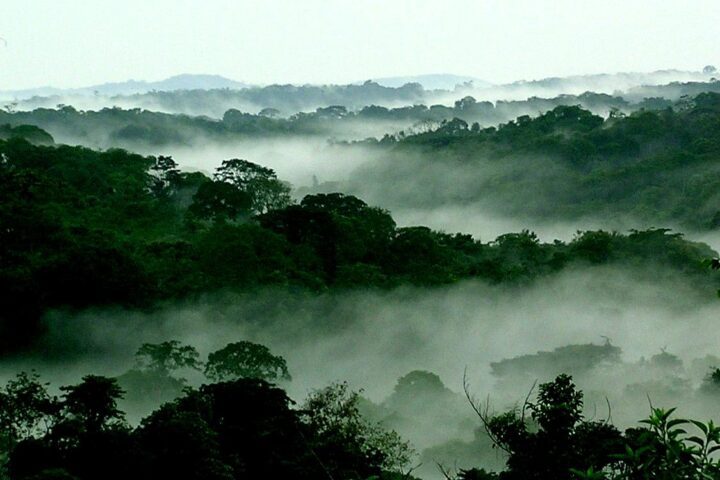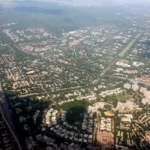A statewide air quality alert is in effect across Minnesota until Monday morning, July 14, as heavy smoke from Canadian wildfires creates hazardous breathing conditions. The Minnesota Pollution Control Agency (MPCA) warns that a second wave of smoke will cover the entire state by Saturday afternoon, with conditions most dangerous in the north.
Northern Minnesota faces “Purple” or Very Unhealthy air quality levels, while central regions including the Twin Cities will experience “Red” (Unhealthy) conditions. Southern areas are expected to reach “Orange” levels, which are unhealthy for sensitive groups.
“Fine particle levels are expected to reach the purple air quality index category across northern Minnesota,” reports the MPCA. This level is considered very unhealthy for everyone, not just vulnerable populations.
The smoke crisis began Friday morning when the first wave moved into northwest Minnesota behind a cold front. By Saturday afternoon, the entire state will be affected, with the heaviest concentration in northern regions.
Similar Posts
Health officials recommend everyone in purple-rated areas avoid outdoor activities and stay indoors. In red zones, sensitive groups should avoid outdoor exertion, while others should limit time outside. Even in orange areas, vulnerable individuals need to take precautions.
Dr. Jesse Berman from the University of Minnesota School of Public Health notes that wildfire smoke contains harmful particulate matter (PM2.5) that can penetrate deep into lungs. “There are very clear links between inhaling these particles and earlier death from both respiratory and cardiovascular diseases,” he explains.
This smoke event continues a troubling trend. Purple alerts were historically rare in Minnesota, with the first issued in 2021, followed by two in 2023, and now two already in 2025. The American Lung Association’s “State of the Air 2025” report confirms this national pattern, documenting record-high numbers of severe air quality days due to wildfires and extreme heat.
Relief is expected Sunday as cleaner air moves in from the west, though northern Minnesota may face another round of smoke Sunday evening. The MPCA continues monitoring conditions and may extend the alert depending on how the second wave affects the environment.
